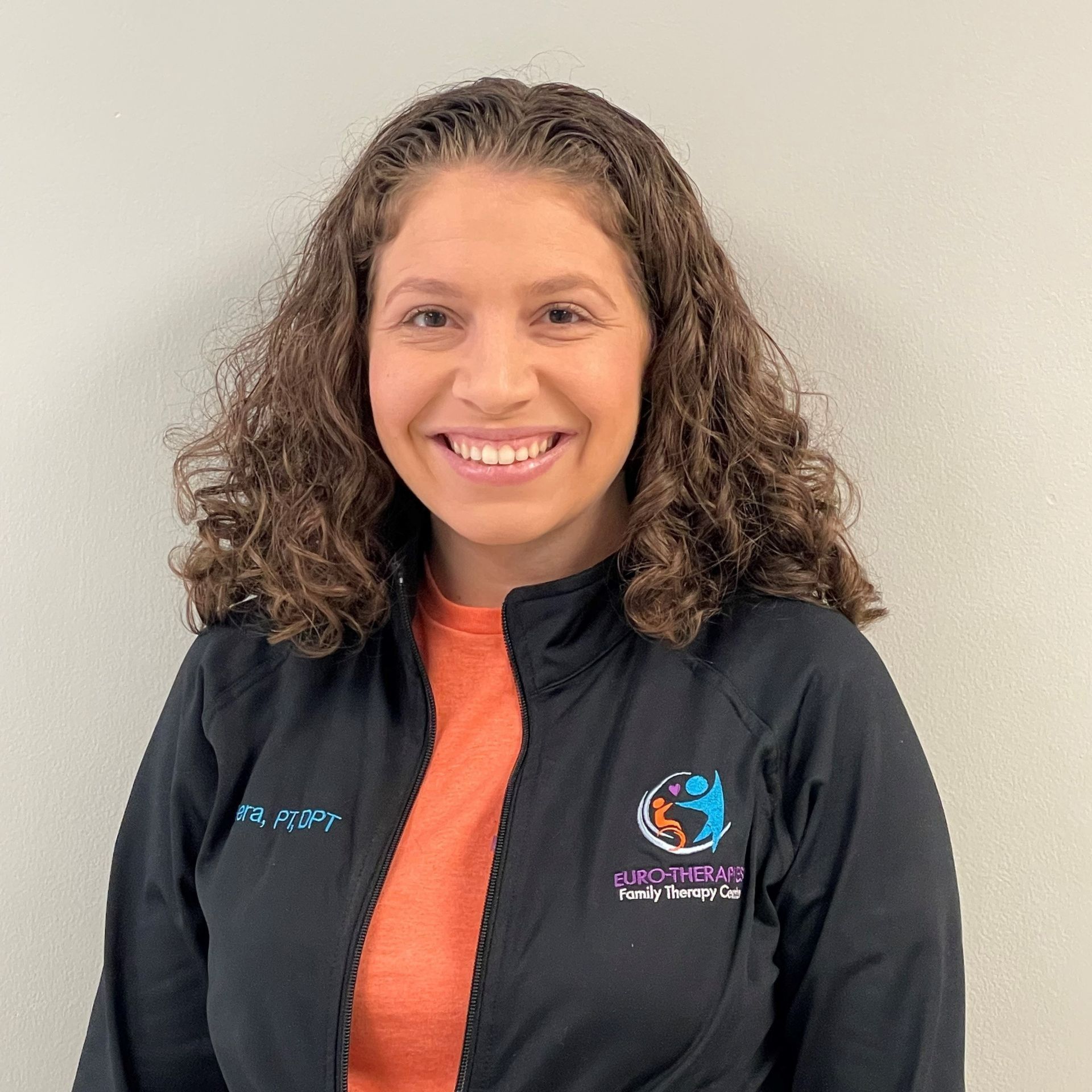Pontiac Office:
Dearborn Heights Office:
Practical Tips for Promoting Better Sleep Hygiene in Children with Autism

Sleep disturbances are a common concern for many families raising children with autism spectrum disorder (ASD). These challenges can impact the child's well-being and disrupt family routines. Establishing good sleep hygiene practices is essential for improving sleep quality and overall health. Here are some practical tips to help children with autism get a good night's sleep:
1. Create a Calming Bedtime Routine:
Consistency is key to establishing a calming bedtime routine. Start winding down at least 30 minutes before bedtime with relaxing activities such as reading a book, listening to soft music, or taking a warm bath. Keep the routine predictable by using visual schedules or picture charts to guide the child through each step.
2. Maintain a Comfortable Sleep Environment:
Create a sleep-friendly environment that is conducive to relaxation. Ensure the bedroom is dark, quiet, and at a comfortable temperature. Use blackout curtains or white noise machines to minimize distractions. Consider providing sensory-friendly bedding or weighted blankets if the child has sensory sensitivities.
3. Establish Regular Sleep Schedule:
Encourage consistency in sleep-wake times, even on weekends or during holidays. Consistent sleep schedules help regulate the body's internal clock and promote better sleep quality. Gradually adjust bedtime and wake-up times if needed, making small changes over time to allow the child to adapt gradually.
4. Limit Screen Time Before Bed:
Minimize exposure to screens (e.g., TV, computer, tablet, smartphone) at least 2 hours before bedtime. The blue light emitted from screens can interfere with the production of melatonin, the hormone that regulates sleep-wake cycles. Encourage relaxing activities instead, such as gentle stretching or drawing.
5. Encourage Physical Activity During the Day:
Engage the child in regular physical activity during the day, preferably earlier in the day rather than close to bedtime. Exercise helps expend excess energy and promotes better sleep quality. Outdoor activities, such as playing in the park or going for a walk, can also provide exposure to natural light, which helps regulate sleep-wake cycles.
6. Monitor Diet and Fluid Intake:
Be mindful of the child's diet and fluid intake, especially in the evening. Avoid heavy meals, caffeine, and sugary snacks close to bedtime, as they can interfere with sleep. Encourage drinking water earlier in the day to minimize nighttime awakenings due to bathroom trips.
7. Address Anxiety and Sensory Sensitivities:
Identify and address any underlying anxiety or sensory sensitivities that may contribute to sleep disturbances. Provide opportunities for the child to engage in calming sensory activities, such as deep pressure massages or proprioceptive input, to promote relaxation before bedtime.
8. Seek Professional Support if Needed:
If sleep difficulties persist despite implementing these strategies, consider seeking support from healthcare professionals, such as pediatricians or sleep specialists. They can offer further guidance and recommendations tailored to the child's individual needs.
Conclusion:
Establishing good sleep hygiene practices is crucial for promoting better sleep quality in children with autism. By implementing a calming bedtime routine, maintaining a comfortable sleep environment, establishing regular sleep schedules, limiting screen time, encouraging physical activity, monitoring diet and fluid intake, addressing anxiety and sensory sensitivities, and seeking professional support when needed, families can help their child develop healthier sleep habits and enjoy more restful nights. With patience, consistency, and understanding, creating a sleep-friendly environment can contribute to improved well-being for the child and the entire family.




SERVICE AREAS
- Auburn Hills
- Berkley
- Beverly Hills
- Birmingham
- Bloomfield Hills
- Clawson
- Dearborn Heights
- Farmington Hills
- Ferndale
- Lake Orion
- Madison Heights
- Novi
- Oak Park
- Oxford
- Pontiac
- Rochester
- Rochester Hills
- Royal Oak
- South Lyon
- Southfield
- Troy
- Waterford
- Wayne
CONTACT INFORMATION
Pediatric Therapy Center
Phone: (248) 857-6776
Alt: (248) 857-7137
Fax: (248) 857-7102
Email:
info@euro-therapies.com
- Mon - Thu
- -
- Friday
- -
- Sat - Sun
- Closed
Pediatric Therapy Center
Phone: (248) 857-6776
Alt: (248) 857-7137
Fax: (248) 857-7102
Email:
info@euro-therapies.com
- Mon - Thu
- -
- Friday
- -
- Sat - Sun
- Closed
- Mon - Thu
- -
- Friday
- -
- Sat - Sun
- Closed









